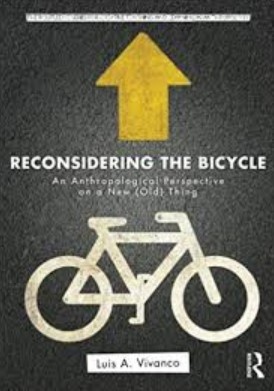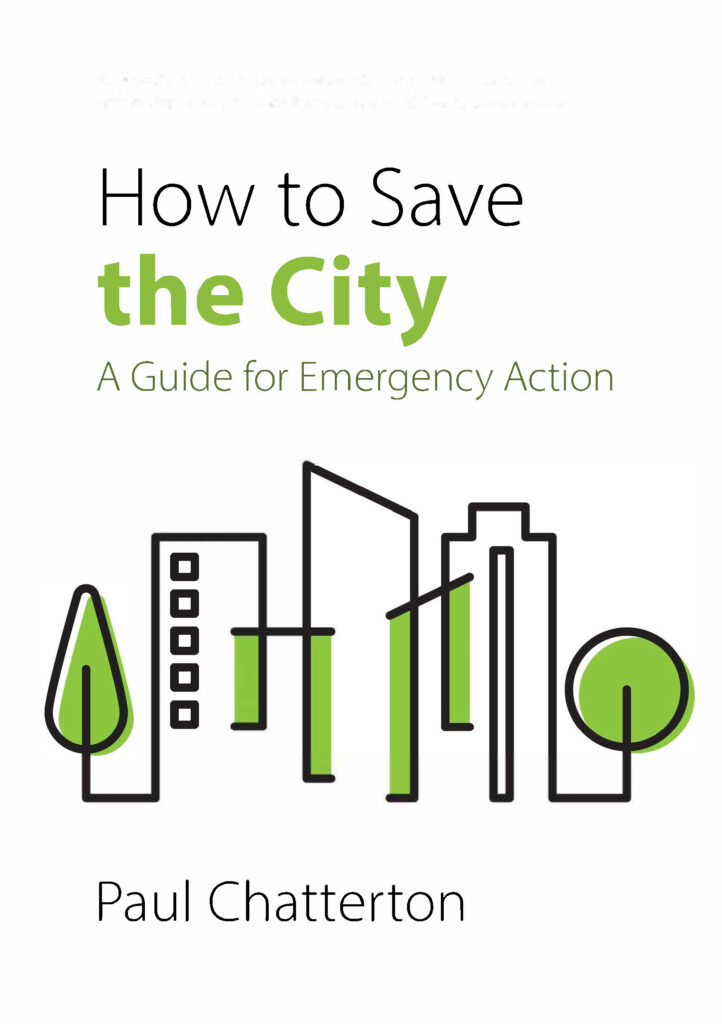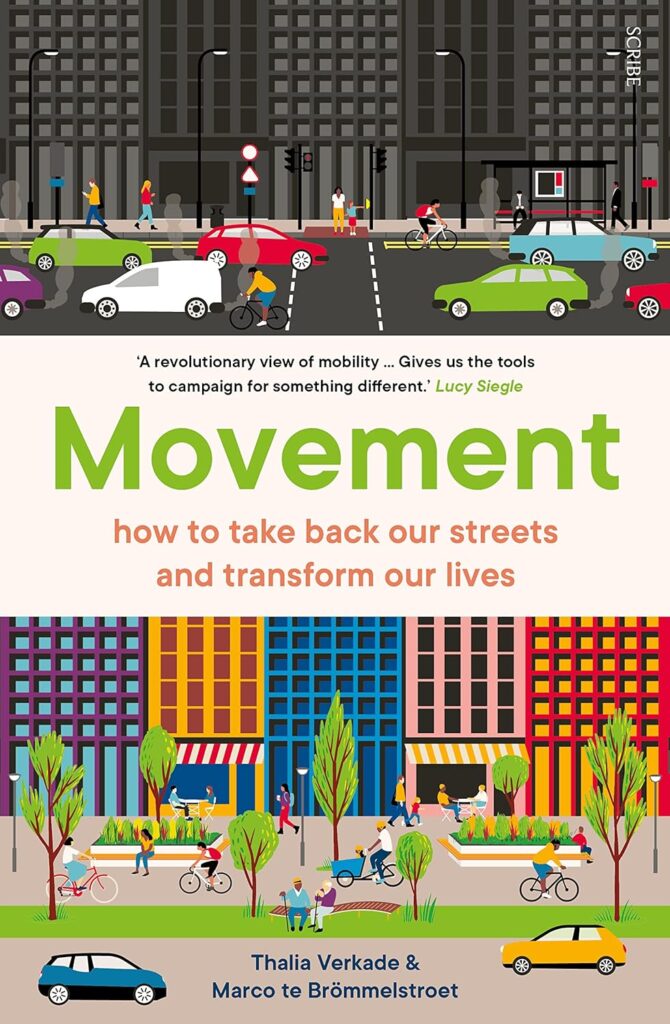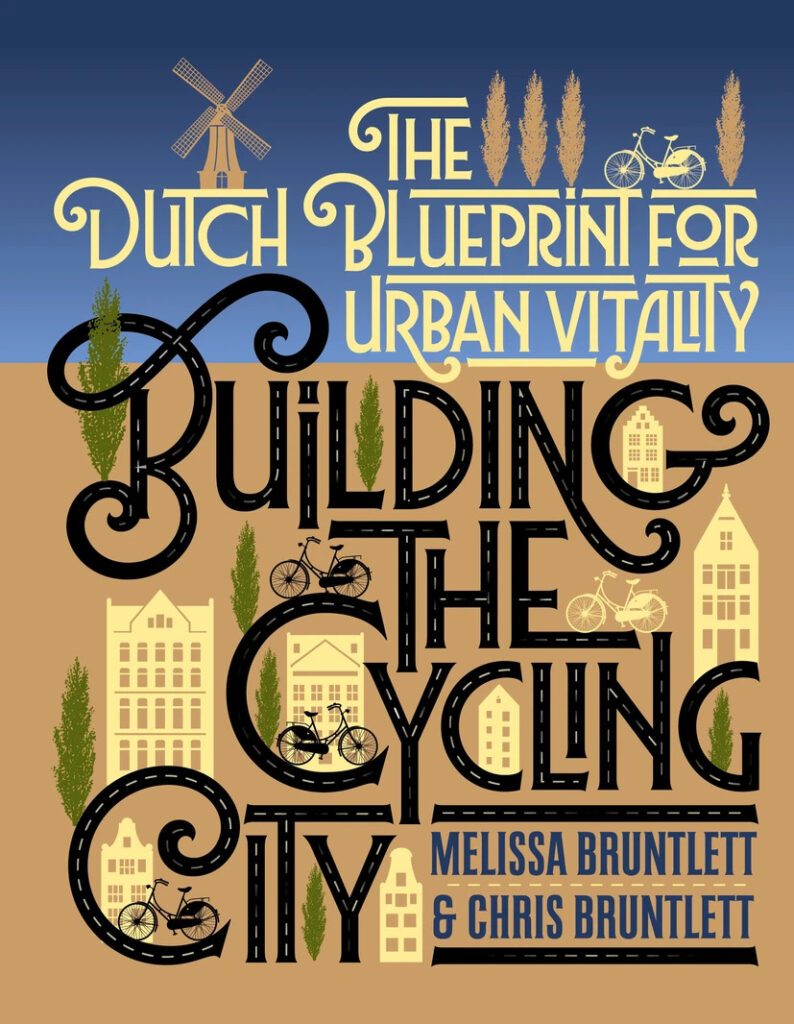
What is it about?
Put simply, this is a book about bicycles. From this simple starting point, the author’s scope expands dramatically, attempting to chart the cultural, historical and political-economic dimensions of cycling. Over the course of what is a relatively short read at 131 pages, Vivanco covers the historical development and production of bicycles, differing bicycle cultures around the world, analyses cycling communities in his hometown, and calls for an increased emphasis to be placed on bicycles by social scientists. Littered throughout the book are helpful tips and exercises for readers who intend to use ethnographic methods to study cycling cultures, effectively making the text part methodological handbook.
For too long according to Vivanco, bicycles have been the concern of engineers, while the socio-cultural implications of our everyday mobilities have been ignored. This work brings the bicycle back into focus.
What approach does it take?
The book comes in three main parts. In order to deconstruct the object at the heart of the book, Vivanco begins by asking ‘What (and when) is a bicycle?’. Following this question, a history of the development of the bicycle is provided, which situates them as commodities within a system of global production, assembled from raw materials and produced by human labour.
Subsequently, Amsterdam, Bogotá and Vivanco’s hometown of Burlington are taken as case studies to illustrate how bicycle cultures vary depending on prevailing mobility norms, urban and spatial form, cyclist behaviour, traffic laws and transport policies.
Finally, a closer look at Burlington’s bicycle advocacy scene is presented through ethnographic data collected by Vivanco. This section ponders what meanings cycle activists ascribe to riding a bike as they attempt to change a car-centric society.
Who might be interested in this book?
Although Vivanco is an anthropologist and his methodological tips are primarily focused on ethnography, this book is a must read for anyone who intends to think seriously about bicycles. This claim has especial pertinence for social scientists who plan to research cycling, not only due to the methodological advice but because of the mode of thinking and source material introduced in so few pages. The book has an ambitious scope but it acts as the perfect starting point for anyone hoping to do exactly what the title says: reconsider the bicycle.



